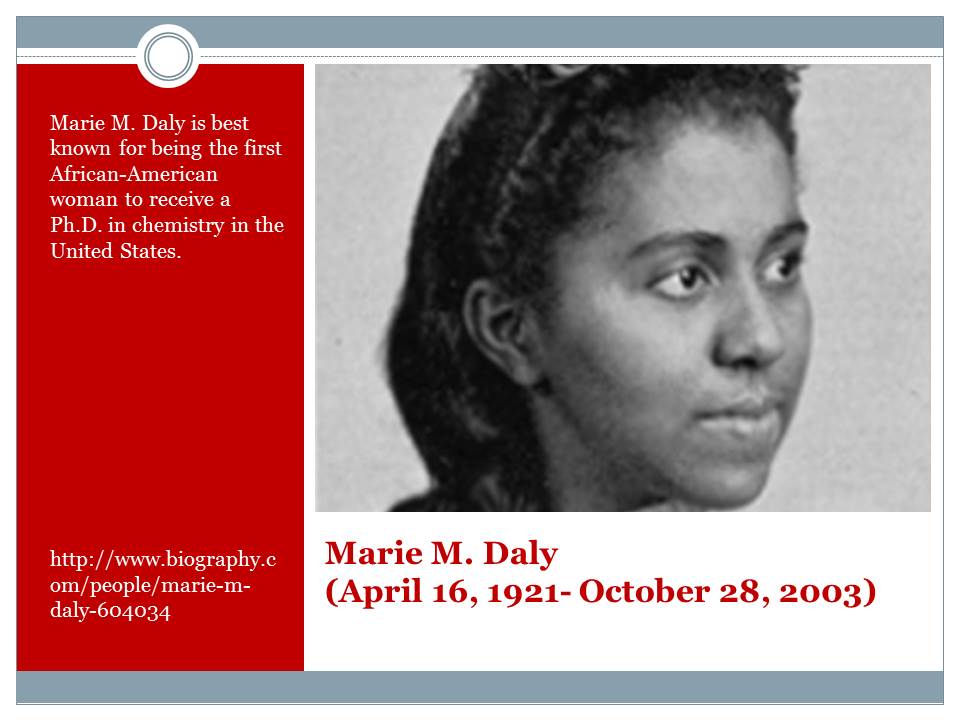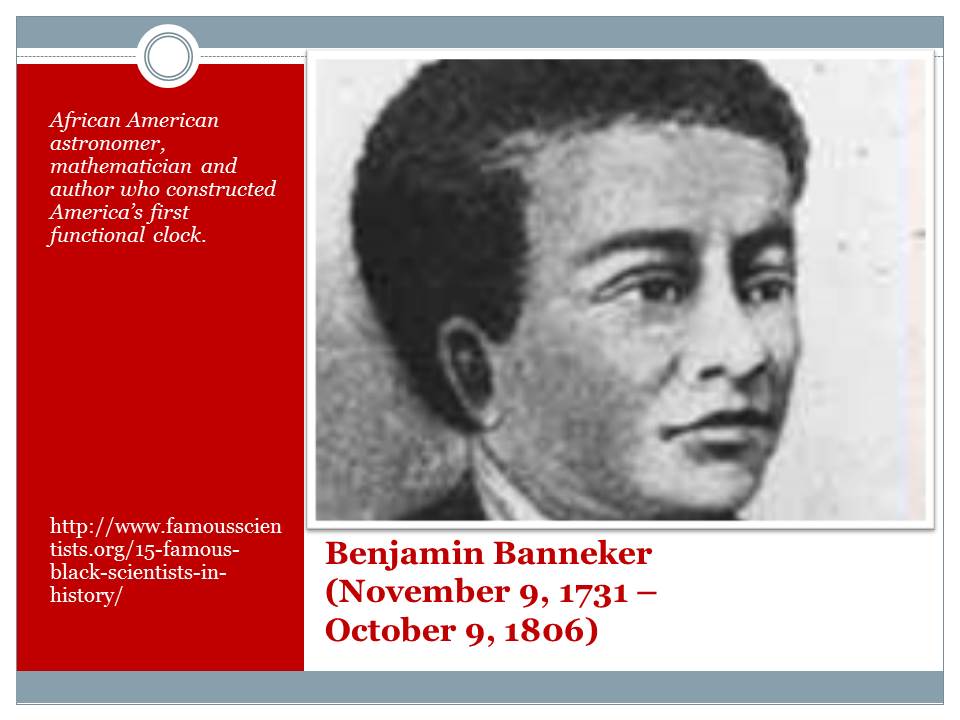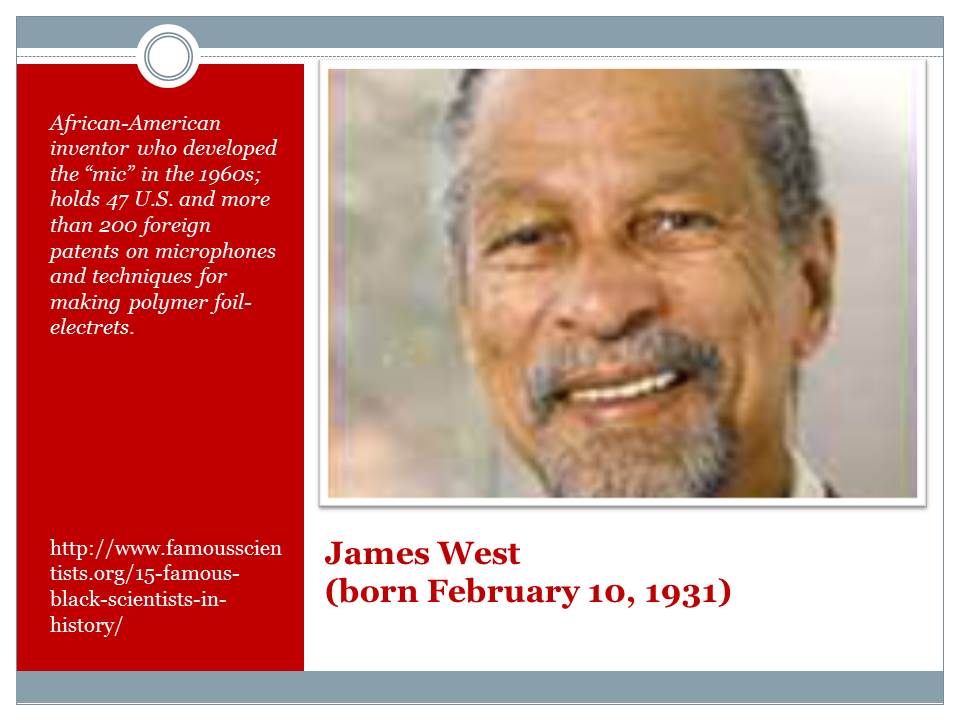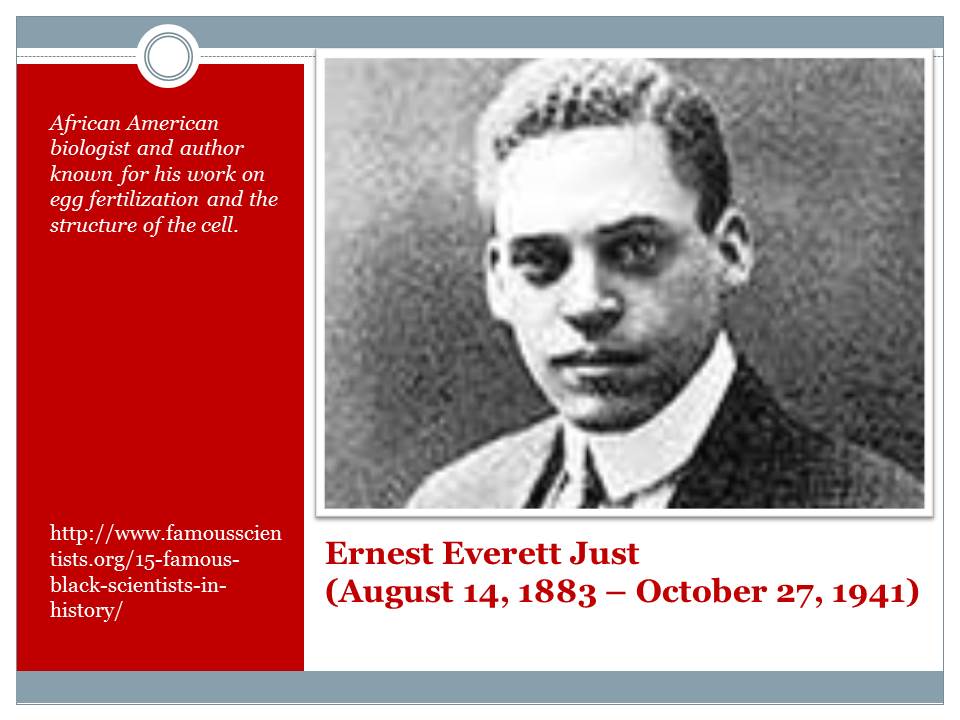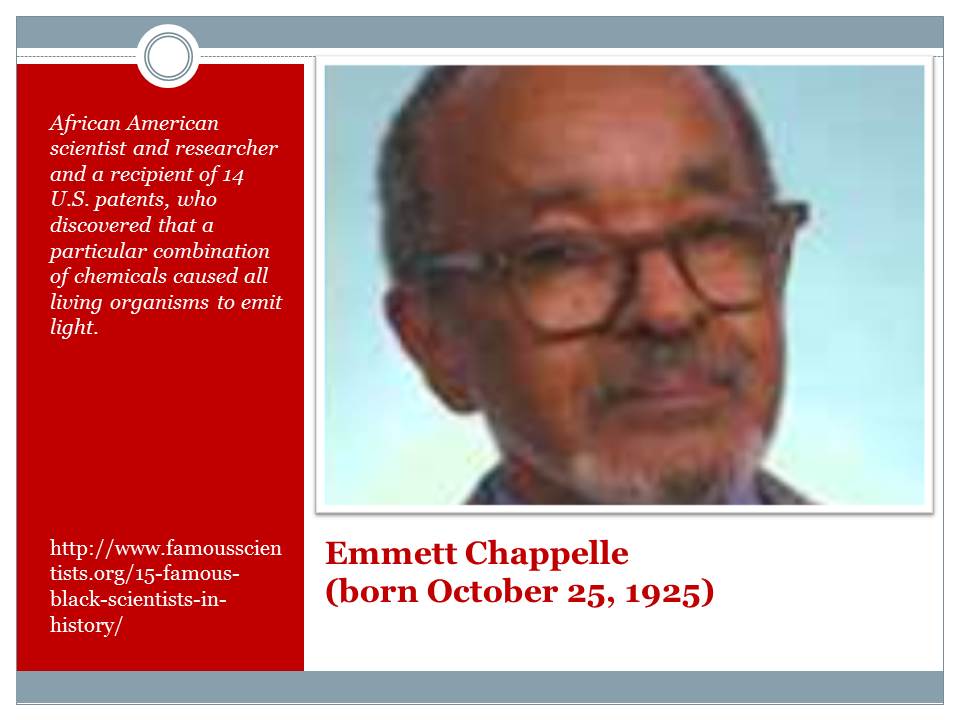 By: Tony Staubach, Program Manager, 4-H Youth Development
By: Tony Staubach, Program Manager, 4-H Youth Development
Laughter and joy erupted at Pleasant Hill Academy in College Hill on Wednesday as the 6th grade launched rockets and the 4th grade experimented with a banana piano.
Since September youth in 4th, 5th and 6th grade at Pleasant Hill have participated in 4-H Agri-Science in the City as an integrated part of their school day.
For several weeks, the 6th grade students have been working with 4-H Agri-Science in the City Program Manager, Tony Staubach to learn about force and motion in anticipation for their rocket launch. The students were tasked with designing, building and evaluating the success of their rockets, which were constructed out of used 2-liter bottles, duct-tape and cardboard.
The 4-H excitement continued throughout the day as the 4th grade students began learning about electric circuits by creating a banana piano. The students were initially puzzled by the engagement exercise but became fast experts on electrical conductivity as well as the role insulators in an electric circuit.
creating a banana piano. The students were initially puzzled by the engagement exercise but became fast experts on electrical conductivity as well as the role insulators in an electric circuit.
Although 4-H Agri-Science in the City is new addition to Pleasant Hill Academy, the teachers and students have taken to the program like fish take to water. Pleasant Hill was designated the first Environmental Science School as part of the Cincinnati Public Schools Vision 2020 initiative.
Although the rocket launch is over, there is still a lot of excitement around the corner. In April students at Pleasant Hill Academy, in addition to Rothenberg Preparatory Academy and Silverton Paideia, will hatch chicken eggs as part of the annual Chick Quest program. Hatched chicks will stay at the school for one week before finding homes with local growers.
 Since 1902 youth in communities both urban and rural have joined the 4-H positive youth development program to engage in project based learning and leadership development. 4-H Agri-Science in the City was created in 2014 by Ohio State University Extension, thanks to the support of State Representative Jim Buchy, to help expanded access to food, agriculture and environmental science education to youth in urban communities.
Since 1902 youth in communities both urban and rural have joined the 4-H positive youth development program to engage in project based learning and leadership development. 4-H Agri-Science in the City was created in 2014 by Ohio State University Extension, thanks to the support of State Representative Jim Buchy, to help expanded access to food, agriculture and environmental science education to youth in urban communities.


